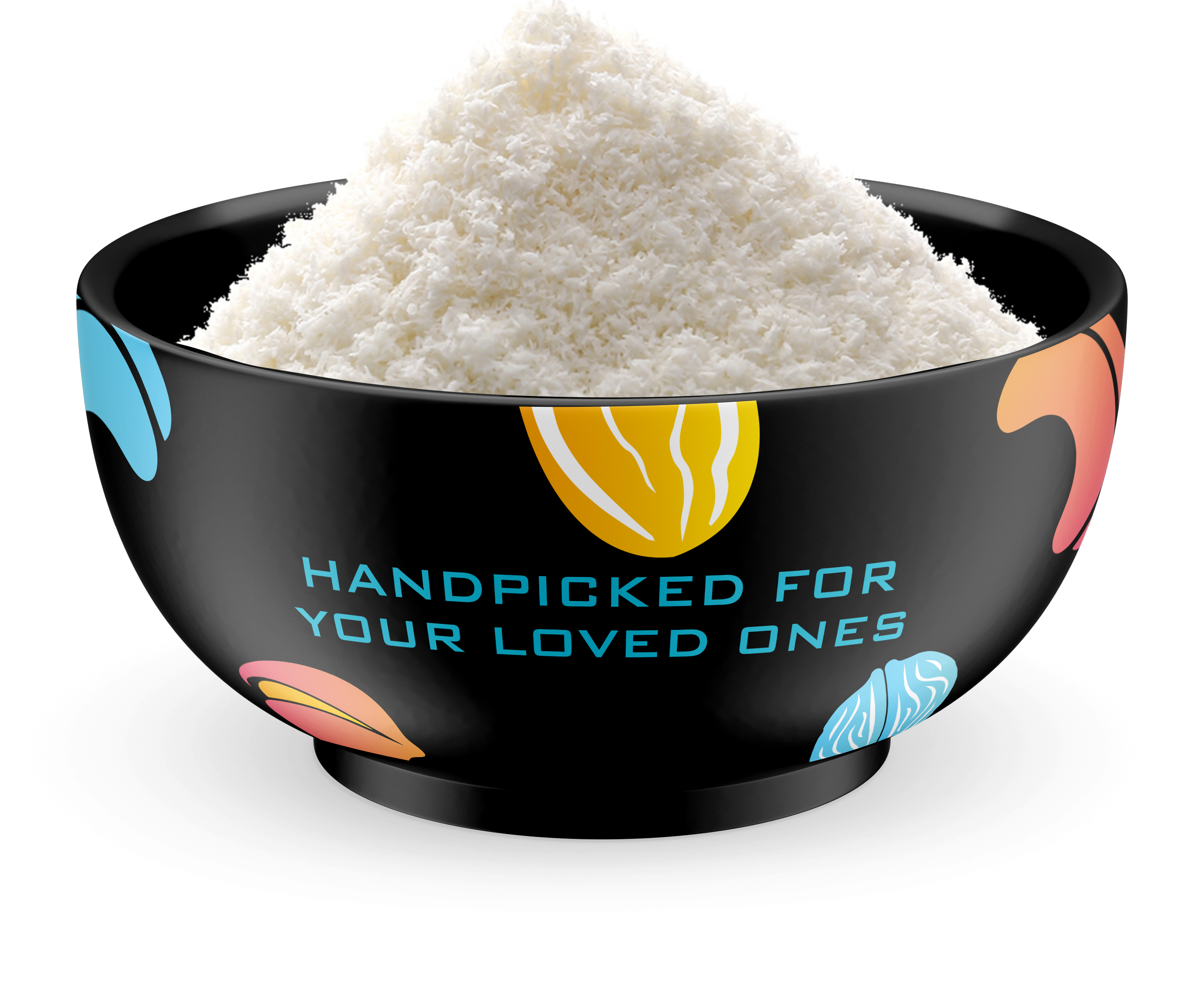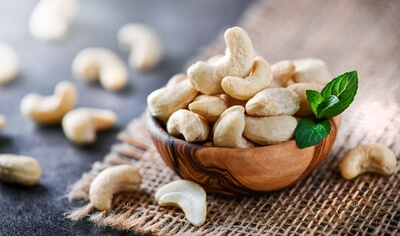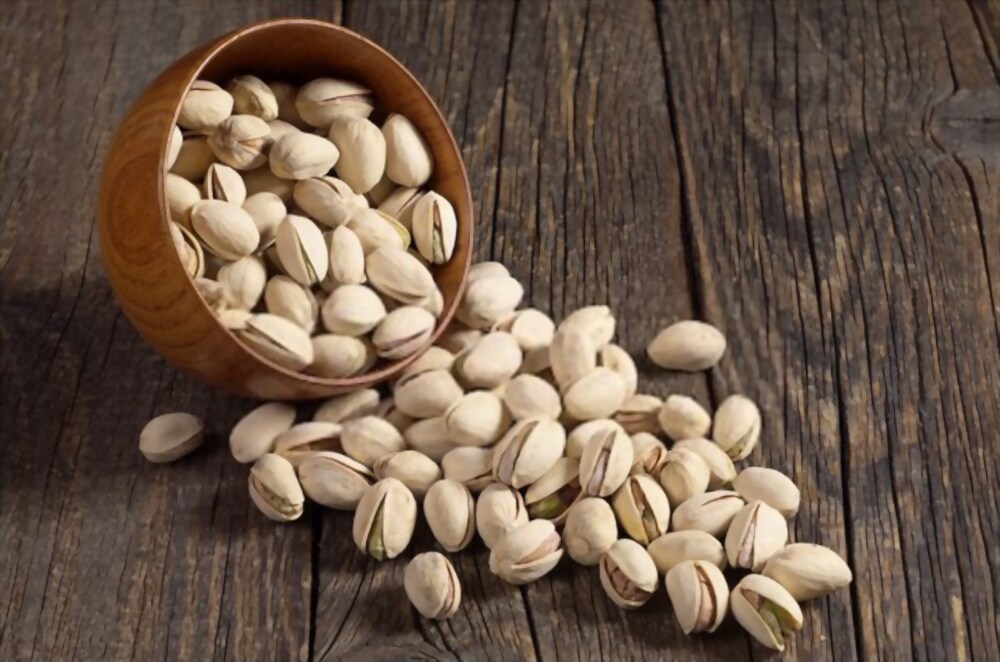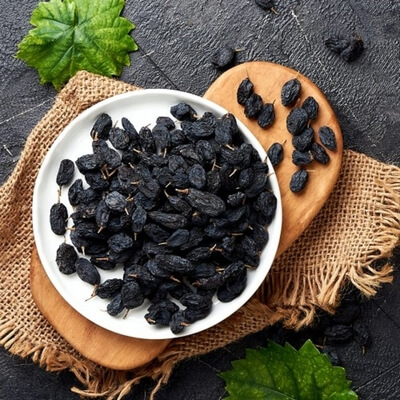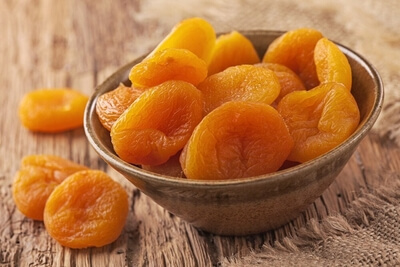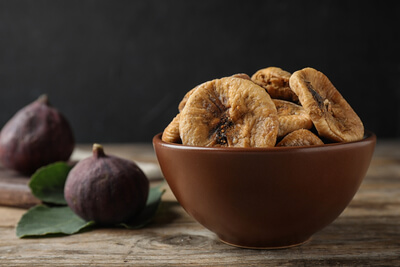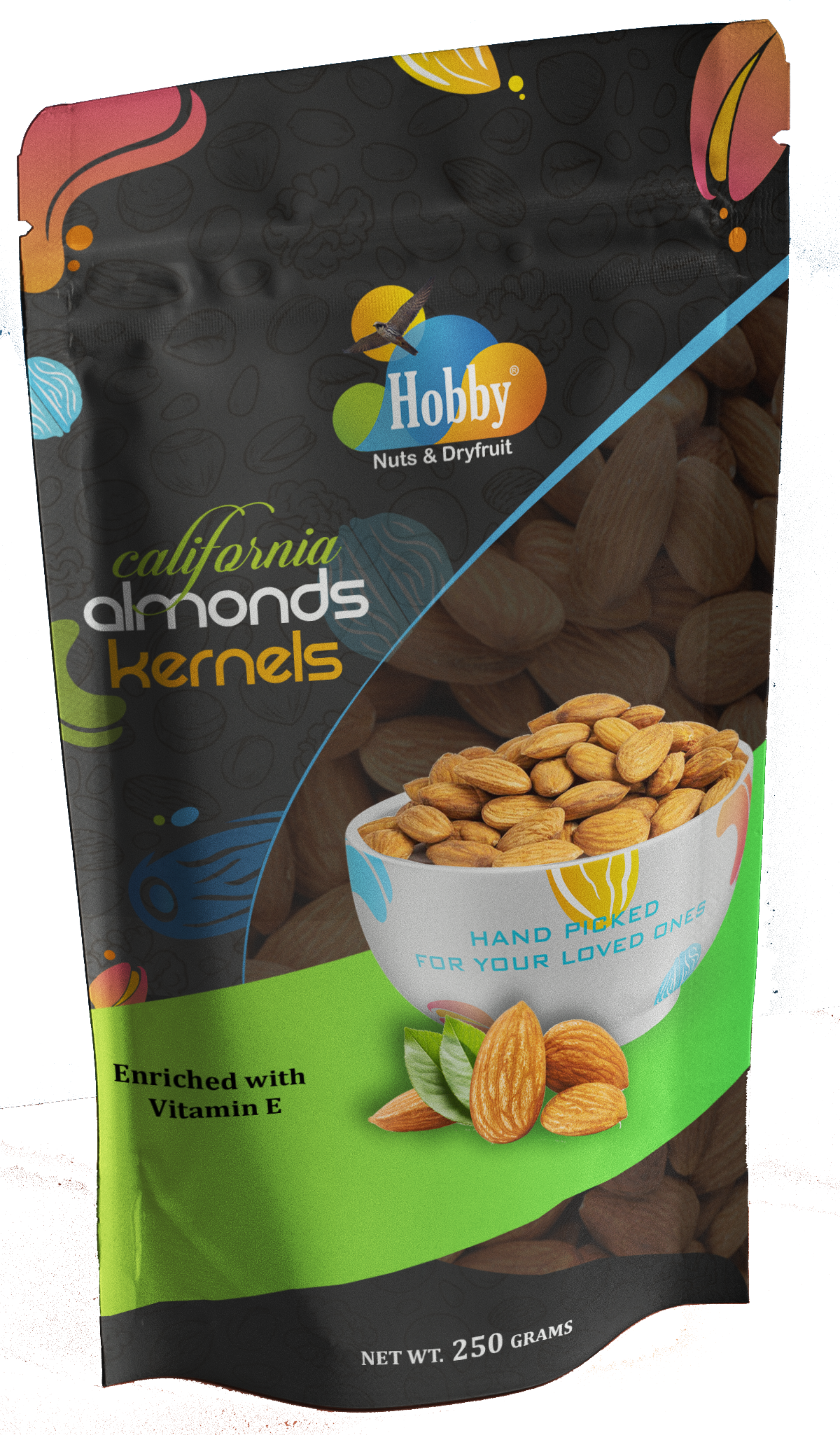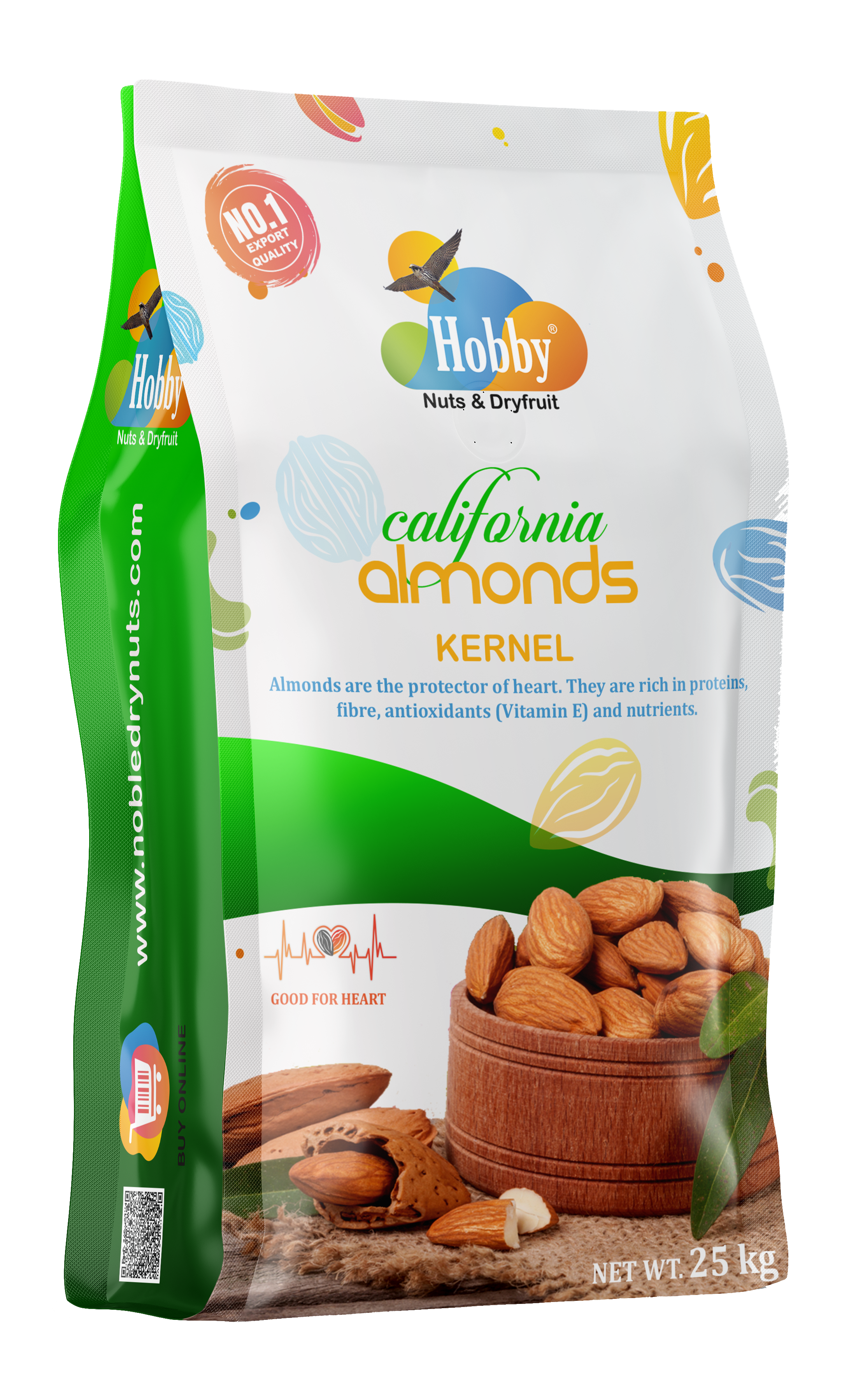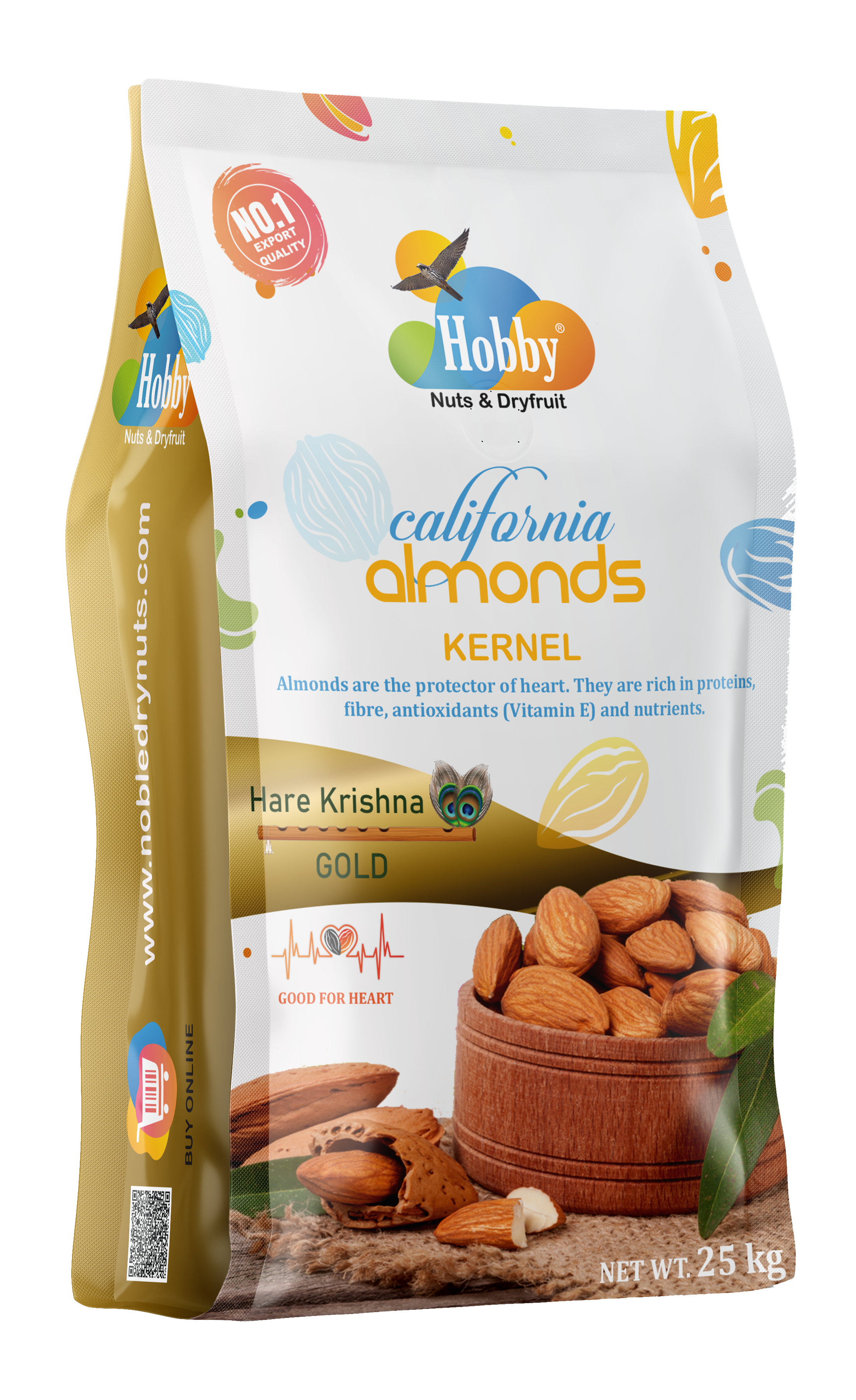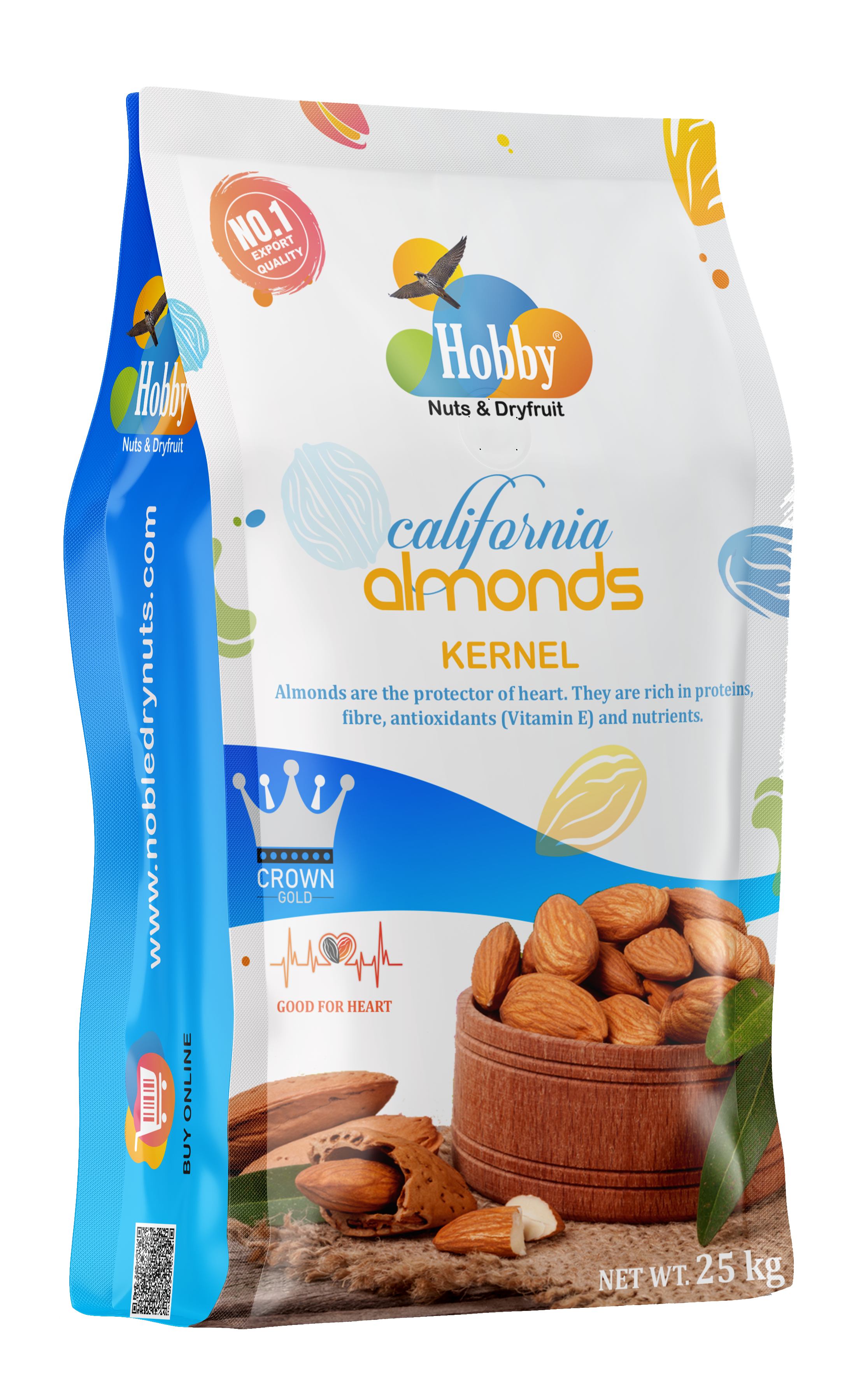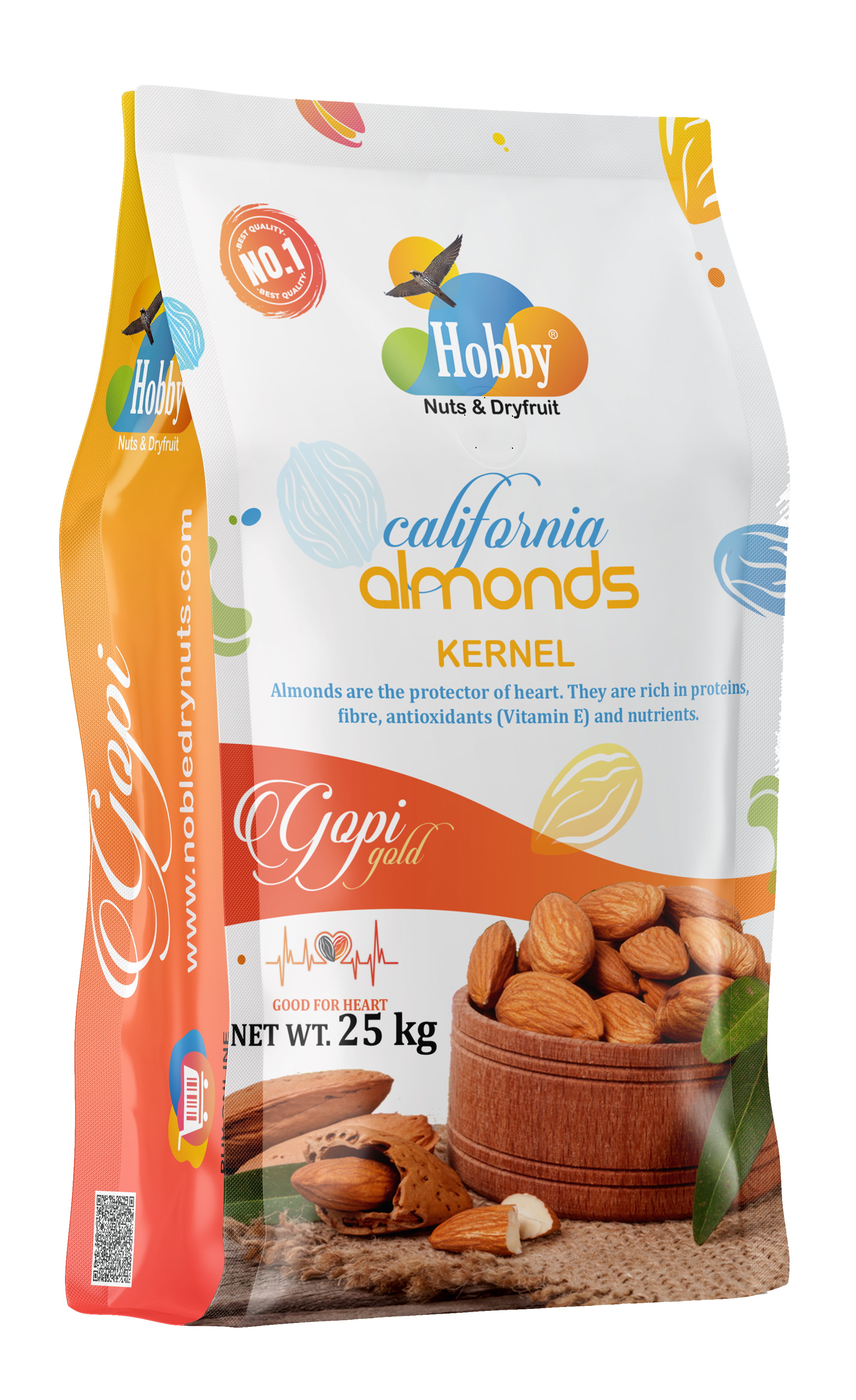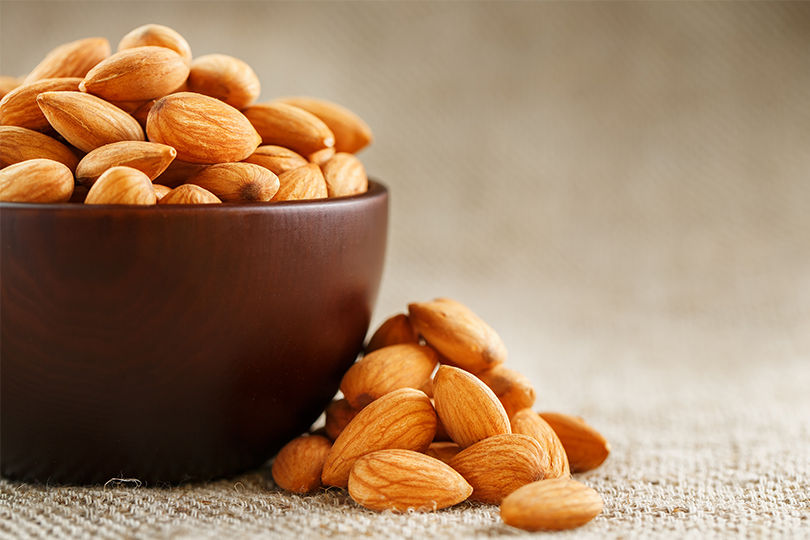
Almond is the delicious protein enriched drupe, scientifically called Prunus dulcis. California has highlighted 80% production of almonds all over the world. Spain and Australia are also almond cultivators, where Australia shows huge production in the southern hemisphere. Almond trees give the best result in the Mediterranean climate with warm, dry summer and mild winter. It became an economic crop in the third year after planting and gets fully economic attention after five to six years of planting. Its fruit get matured in the autumn season and take 7-8 months more after flowering for almond fruit.
"Almond refers to ‘among the best of fruits’ in the Bible because of its early flowering".
Major Categories
Almond comes in domestication fruit before the grafting. The seed and shells got attention by which it becomes the earliest domesticated fruit seed. Almond mainly distinguishes into two types, the soft shell almond from California and the hard shell almond belonging to Spain. Almond has a bitter taste due to glucoside called amygdalin present in it, which is absent in sweet almond.
i) The Soft-Shell Almond
In soft-shell, California, Spain and France, all give good production and the specified types of almonds are Nonpareil, IXL, Ne plus ultra, Texas, Davey, Thompson, Ballico, Merced, Ruby, Carmel, Butter; Mollar de Tarragona, Fitas, and princesses or fines respectively.
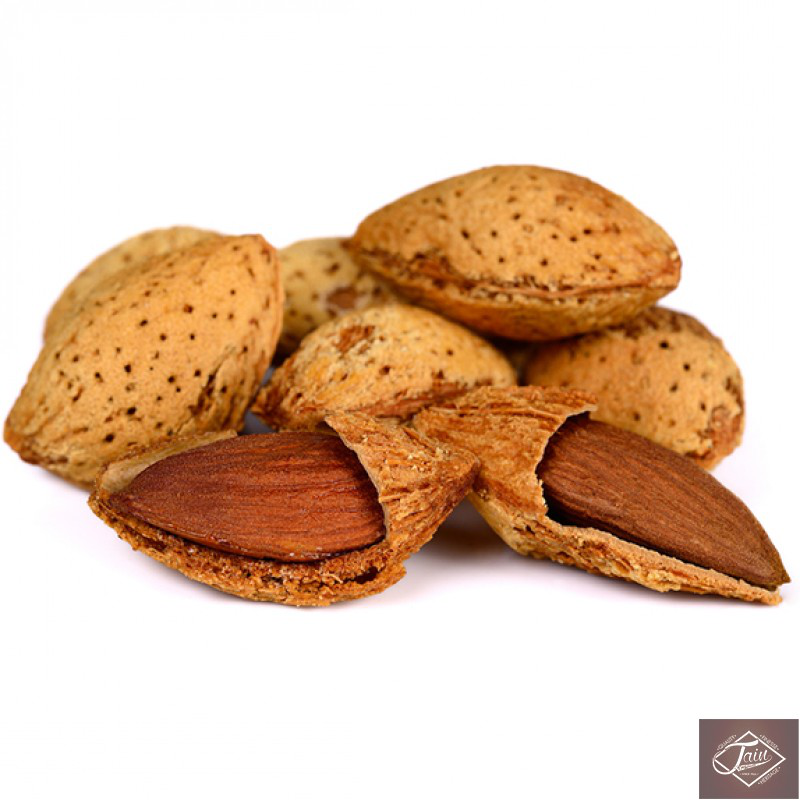
ii) The hard-shell almond
In a hard-shell, Spain is a good cultivator providing major types of almonds specifically, Marcon, Planeta, Llargueta, Rumbeta, Doble Fina, and Desmayo.
In Portugal, the major hard shell almonds are cultivated. All the varieties have different earliness in flowering, such as Boa Casta, Pretty, Pretty St. Bras, Casa Nova, Duro Amarello, Duro de Entrada, Gama, Jose Dias, Marcelina Grada, Mourisca, Parada, and Verdal.
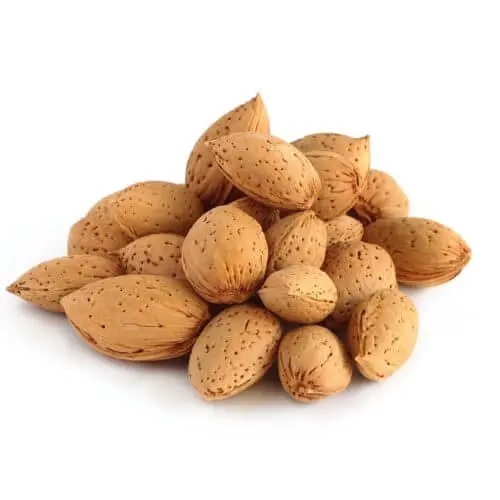
Nutrition value
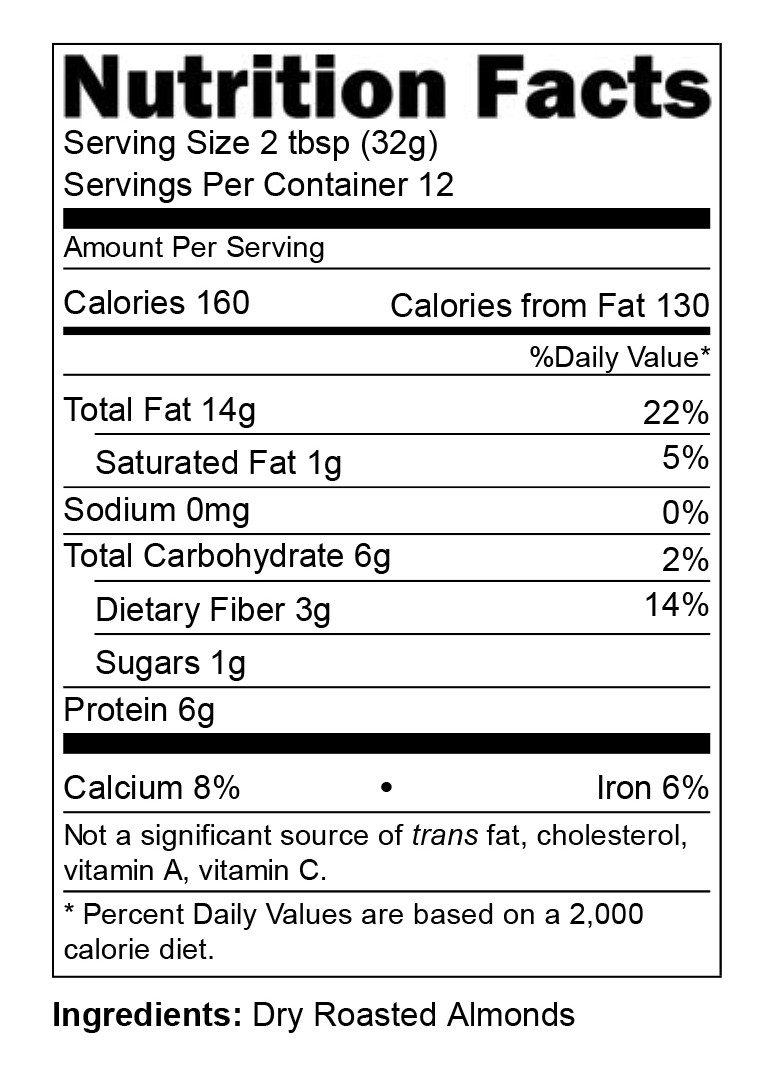
Almond is a rich source of protein, vitamins, minerals and fibre.
Almonds are 4% of water, 21% protein, 22% carbohydrates and 50% fat.
The 100 grams of almonds provides 579 kilocalories of food energy.
Almonds are a rich source of vitamin B (riboflavin, niacin), vitamin E and the vital minerals are calcium, copper, iron, magnesium, manganese, phosphorus and zinc.
A moderate amount of vitamin B, thiamine, vitaminB6, folate, and choline is available in almonds.
The requisite minerals potassium is also present in it.
Another beneficiary nutritional aspect of almond is its dietary fibre, monosaturated fat, oleic acid, and polyunsaturated fat, linoleic acid.
The nut and seed are enriched with phytosterols namely beta-sitosterol, stigmasterol, campesterol, sitostanol and campesterol.
Uses
Very commonly used as dry fruit, served as raw or toasted almond.
Used in the desert, included in making almond butter, cake, cookies, pastries, bread, puddings, etc.
Very often, it is used in garnishing’s, to give good flavor and especially used for good health.
The green almonds are eaten as a snack in few parts of the middle east. The sour taste of green almond with a soft inner shell is balanced by salt or can be eaten with other fruits.
Almond milk, almond oil and almond butter are heavily used in a variety of dishes.
Almond milk and flour are also beneficial for human health, skin types and gives a mouth-watering taste.
Summary
Almond is the ancient domestic fruit used as dried fruit or green seed. The major benefit of almond consumption is it reduces the risk of heart diseases. The ancient civilization to the modern civilization, it gives us healthy life by cultivating our body. It gives us a lesson on being watchful and promised as mentioned in the Bible.








